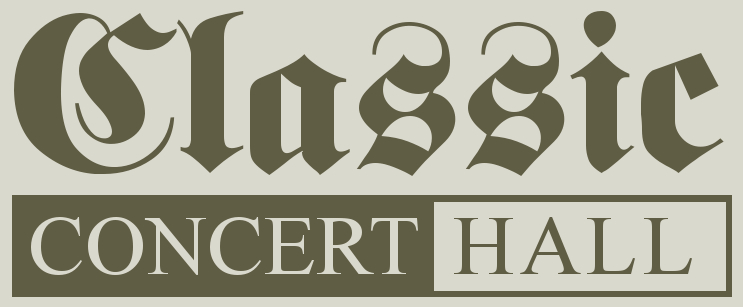|
Comments (10)
Comment on this music
Login/Register to post a comment.
|
Toccata in C minor
Uploaded by: alberto63
Composer: Ernest Halsey Organ: Hereford Cathedral Willis Organ Software: Hauptwerk IV Views: 99
Toccata
Uploaded by: ajongbloed
Composer: Dubois, Theodore Organ: Stahlhuth/Jann - Dudelange Software: Hauptwerk IV Views: 375
Hinno dell'Apostoli
Uploaded by: buluca
Composer: Frescobaldi, Girolamo Organ: Brescia, St. Carlo Software: Hauptwerk IV Views: 195
Malle Sijmen
Uploaded by: alberto63
Composer: Sweelinck, Jan Pieterszoon Organ: Brescia, St. Carlo Software: Hauptwerk VII Views: 71
|
Uploaded by:
|
RalphP (01/05/24)

|
|
Composer:
|
Frescobaldi, Girolamo 
|
|
Sample Producer:
|
Sonus Paradisi 
|
|
Sample Set:
|
Brescia, St. Carlo

|
| Software: | Hauptwerk VIII |
| Genre: | Baroque |
| Description: | It is certainly not necessary to introduce such a central figure of organ music as Girolamo Frescobaldi (1583-1643) here at Contrebombarde. The Toccata Seconda comes from his collection first published in Rome in 1615 and reissued in 1637 in an expanded form under the impressive title "TOCCATE D'INTAVOLATURA DI CIMBALO ET ORGANO, PARTITE DIVERSE ARIE ET CORRENTE, BALLETTI, CIACONE, PASSAGHAGLI - Libro Primo".
What fascinates me again and again about Frescobaldi's toccatas is the way in which sophisticated musical construction goes hand in hand with an only latently tangible formal design that always remains in flux, following less an architectural than a rhetorical-dramatic logic.
The Toccata Seconda is structurally based on a nucleus of a fourth interval and three steps in contrary motion, from which the most diverse figurations are developed in a constant process of variation. The basic affect of the piece is painfully lamenting - many of the musical elements such as chromaticism, enharmonics, false relations and Lombard rhythms are reminiscent of the tonal language of Frescobaldi's Toccate per l'elevazione, but the composition here is more dramatic because the lamenting sections are repeatedly and unexpectedly interrupted or replaced by contrasting, more animated parts. In this way, the piece develops an astonishing wealth of figures within the dominant affect. |
| Performance: | Live |
| Recorded in: | Stereo |
| Playlists: |
|
|
Options:
|
 Sign up today to download piece. Sign up today to download piece.
 Login or Register to Subscribe Login or Register to Subscribe
 See what RalphP used to make this recording See what RalphP used to make this recording
|
|
|


 Sign up today to download piece.
Sign up today to download piece.
 See what RalphP used to make this recording
See what RalphP used to make this recording